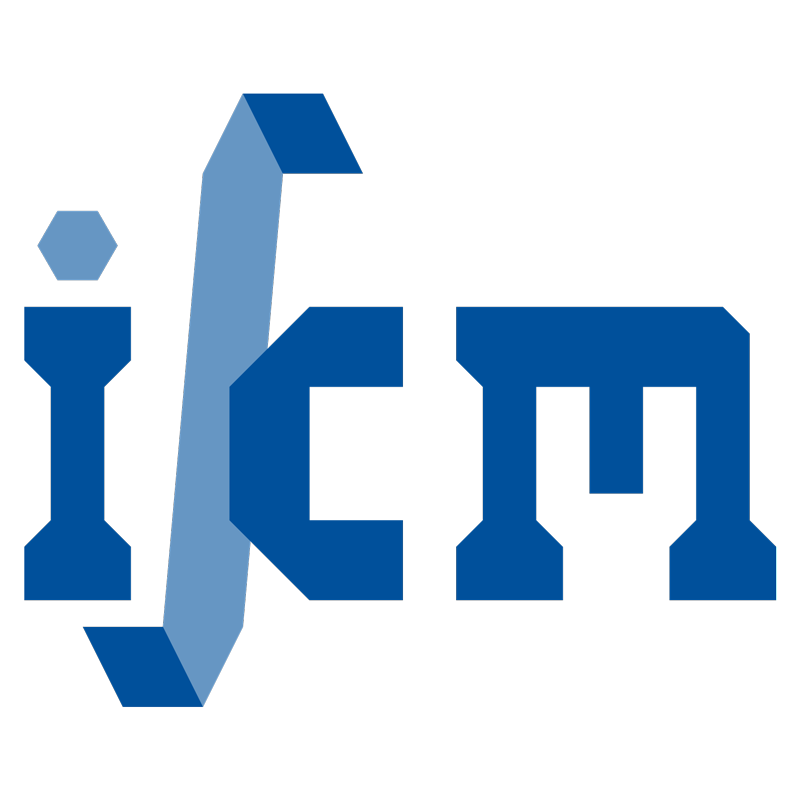Toward a Flexible Variable Stiffness Endoport for Single-Site Partial Nephrectomy
- verfasst von
- E. Amanov, T. D. Nguyen, S. Markmann, F. Imkamp, J. Burgner-Kahrs
- Abstract
Laparoscopic partial nephrectomy for localized renal tumors is an upcoming standard minimally invasive surgical procedure. However, a single-site laparoscopic approach would be even more preferable in terms of invasiveness. While the manual approach offers rigid curved tools, robotic single-site systems provide high degrees of freedom manipulators. However, they either provide only a straight deployment port, lack of instrument integration, or cannot be reconfigured. Therefore, the current main shortcomings of single-site surgery approaches include limited tool dexterity, visualization, and intuitive use by the surgeons. For partial nephrectomy in particular, the accessibility of the tumors remains limited and requires invasive kidney mobilization (separation of the kidney from the surrounding tissue), resulting in patient stress and prolonged surgery. We address these limitations by introducing a flexible, robotic, variable stiffness port with several working channels, which consists of a two-segment tendon-driven continuum robot with integrated granular and layer jamming for stabilizing the pose and shape. We investigate biocompatible granules for granular jamming and demonstrate the stiffening capabilities in terms of pose and shape accuracy with experimental evaluations. Additionally, we conduct in vitro experiments on a phantom and prove that the visualization of tumors at various sites is increased up to 38% in comparison to straight endoscopes.
- Organisationseinheit(en)
-
Institut für Kontinuumsmechanik
- Externe Organisation(en)
-
Medizinische Hochschule Hannover (MHH)
- Typ
- Artikel
- Journal
- Annals of biomedical engineering
- Band
- 46
- Seiten
- 1498-1510
- Anzahl der Seiten
- 13
- ISSN
- 0090-6964
- Publikationsdatum
- 15.10.2018
- Publikationsstatus
- Veröffentlicht
- Peer-reviewed
- Ja
- ASJC Scopus Sachgebiete
- Biomedizintechnik
- Elektronische Version(en)
-
https://doi.org/10.1007/s10439-018-2060-4 (Zugang:
Geschlossen)


